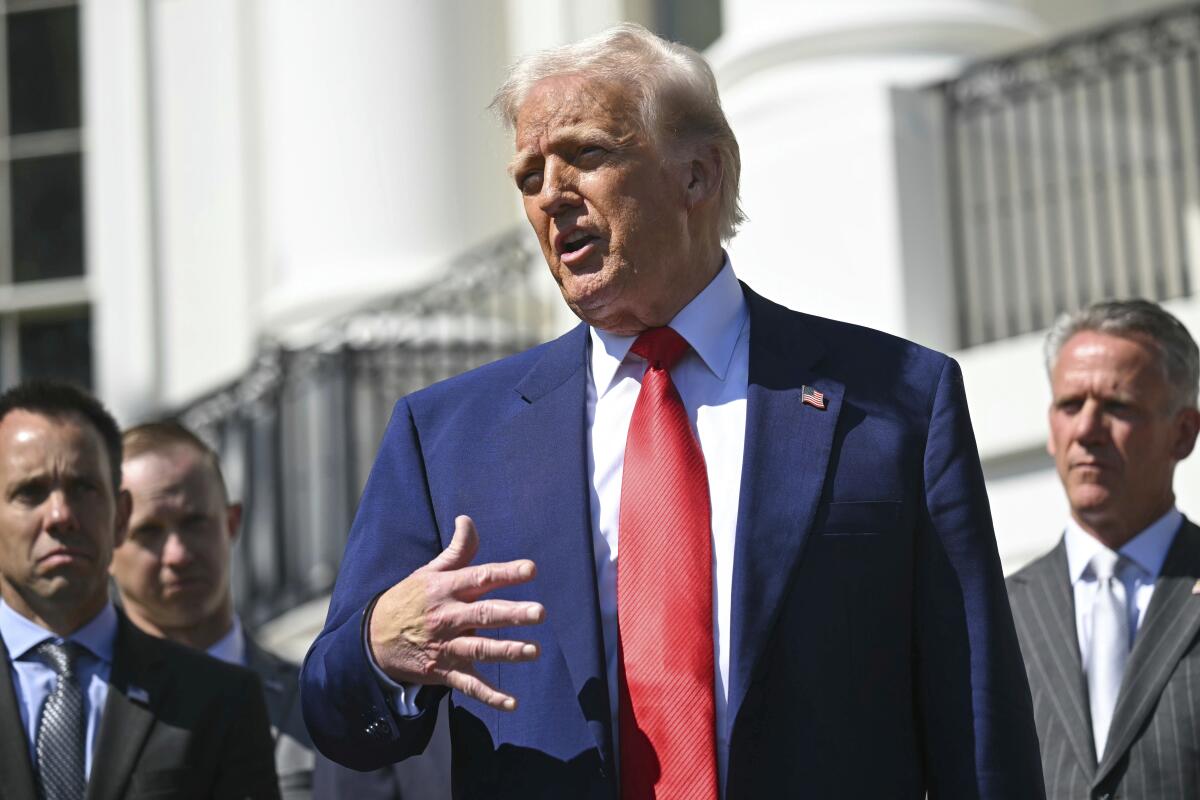Executive Summary
- The Pentagon is removing up to 1,000 openly transgender service members following the Supreme Court's decision to allow the Trump administration's ban.
- Service members who have not openly identified as transgender are given 30 days to self-identify or face potential identification through medical records.
- The decision is controversial, with concerns raised about its impact on military readiness, veteran healthcare, and the well-being of affected service members.
Event Overview
The United States military is set to begin the immediate removal of up to 1,000 transgender service members who have openly identified as such. This action follows a recent Supreme Court decision that allows the Trump administration to enforce a ban on transgender individuals serving in the military. The Pentagon will also provide a 30-day period for those who have not yet openly identified as transgender to do so. This development is occurring amidst broader concerns about military recruitment, healthcare for LGBTQ+ veterans, and the overall impact on military readiness.
Media Coverage Comparison
| Source | Key Angle / Focus | Unique Details Mentioned | Tone |
|---|---|---|---|
| The Guardian | Impact on Transgender Service Members and Political Context | Includes quotes from Rae Timberlake of Sparta Pride, details about the rescinding of VA directive 1341, and Hegseth's views on women in combat roles. | Critical, concerned about the impact on transgender individuals and broader social issues. |
| U.S. Department of Defense | Official Implementation of the Policy | Provides official statement from Sean Parnell regarding the policy implementation and timelines for voluntary separation. | Official, informative, and policy-oriented. |
Key Details & Data Points
- What: Removal of openly transgender service members and a 30-day period for others to self-identify before potential involuntary separation.
- Who: The US military, transgender service members, the Trump administration, Secretary of Defense Pete Hegseth, Pentagon spokesperson Sean Parnell, and organizations like Sparta Pride.
- When: The directive was issued on Thursday, May 8, 2025, following the Supreme Court's decision on Tuesday, with a 30-day self-identification period.
- Where: United States military, Department of Veterans Affairs.
Key Statistics:
- Key statistic 1: 1,000 (Number of service members who have already self-identified and will begin the voluntary separation process)
- Key statistic 2: 4,240 (Troops diagnosed with gender dysphoria in active duty, national guard, and reserve service as of December 9, 2024)
- Key statistic 3: 30 days (Voluntary separation period for Active Component Service members).
Analysis & Context
The decision to remove transgender service members reflects a shift in policy under the Trump administration and raises significant concerns about inclusivity and military readiness. The move has been criticized for potentially harming the well-being of affected service members and undermining the military's ability to recruit and retain talent. The contrasting tones of the sources highlight the differing perspectives on the issue, with the Guardian focusing on the human impact and the Department of Defense emphasizing the official implementation of the policy. The policy is consistent with Secretary of Defense Pete Hegseth's stated views of 'leaving wokeness and weakness behind'.
Notable Quotes
There’s no guarantee to access to your pension or severance or an honorable discharge.
This is not voluntary. This is a decision that folks are coming to under duress. These are 1,000 transgender troops that would be serving if the conditions were not created to force them into making a decision for their own wellbeing, or the wellbeing of their family long-term.
The Secretary is encouraged by the Supreme Court's order staying the lower court's injunction, allowing the Department of Defense to carry out its policies associated with "Prioritizing Military Excellence and Readiness."
Conclusion
The US military's move to remove transgender service members marks a significant policy shift with potential implications for affected individuals, military readiness, and veteran healthcare. The decision has sparked controversy and debate, raising questions about inclusivity and the impact of political ideologies on military policy. The situation is ongoing, with the implementation of the policy and its long-term consequences remaining to be seen.
Disclaimer: This article was generated by an AI system that synthesizes information from multiple news sources. While efforts are made to ensure accuracy and objectivity, reporting nuances, potential biases, or errors from original sources may be reflected. The information presented here is for informational purposes and should be verified with primary sources, especially for critical decisions.









